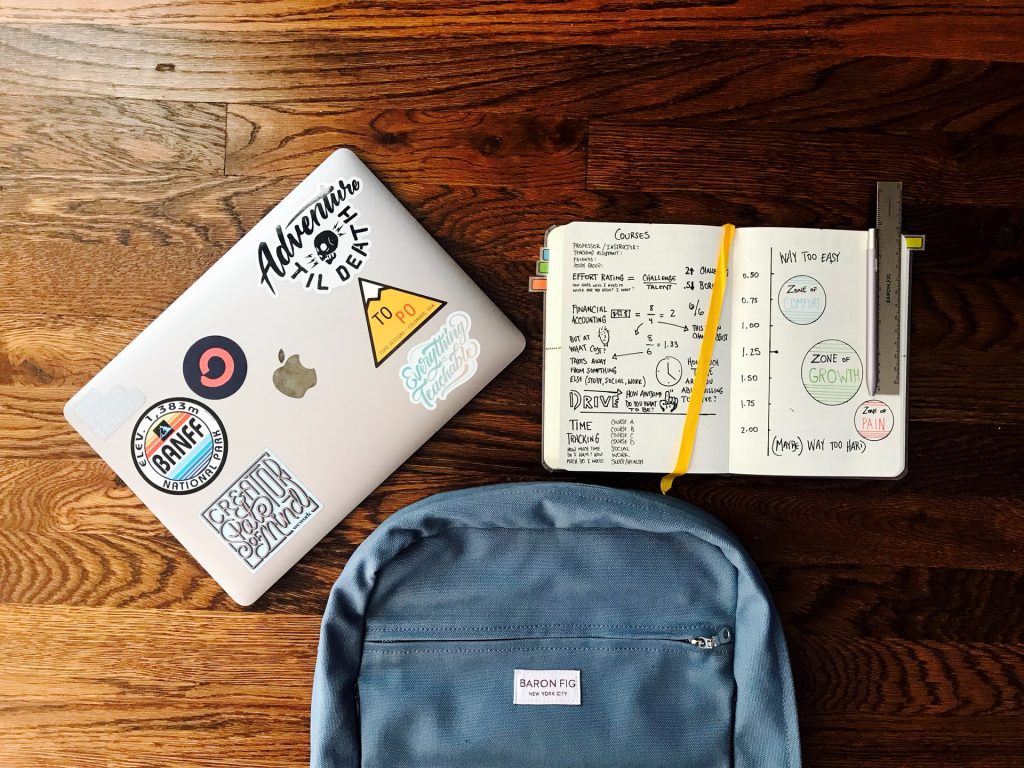Are you looking for strategies to teach students to follow school rules? If so, keep reading.
1. Be a consistent authority figure (e.g., be consistent in relationship with the student).
2. Connect with the student’s parents to disseminate information about the student’s progress. The parents may reinforce the student at home for following school rules.
3. Select a peer to model following school rules for the student.
4. Organize their surroundings so that the student remains active and involved.
5. Intervene early and often when there is a problem to prevent a more severe problem from happening.
6. Talk with the school psychologist about the student’s failure to consider the consequences of their behavior.
7. Make sure the student is actively involved in their surroundings (i.e., give the student duties, learning activities, and errands to run to promote purposeful behavior).
8. Teach yourself and others about ADHD to increase comprehension and accommodation of impulsive behavior.
9. Urge the student to develop an understanding of the consequences of their behavior by writing down or talking through problems that may happen due to their failure to adjust their behavior to various situations (e.g., perceived as unmannerly, avoided, etc.).
10. Teach the student about ADHD and the need for developing skills to self-monitor behavior.
11. Urge the student to pause and consider their thoughts before acting on them.
12. Give constant, positive reinforcement for appropriate behavior. Ignore as many unacceptable behaviors as possible.
13. Get the student to make a list of consequences associated with regularly occurring behaviors (e.g., by disrupting others, I will be perceived as unmannerly. By behaving aggressively, I will cause people to avoid me.).
14. Teach the student to think before acting (e.g., they should ask themselves, “What is happening?” “What am I doing?” “What should I do?” “What will be best for me?”).
15. Make sure that rules and behavior expectations are consistent in the classroom and throughout the school.
16. Consider using a classroom management app. Click here to view a list of apps that we recommend.
17. Consider using an adaptive behavior management app. Click here to view a list of apps that we recommend.
18. Consider using Alexa to help the student learn to behave appropriately. Click here to read an article that we wrote on the subject.
19. Click here to learn about six bonus strategies for challenging problem behaviors and mastering classroom management.











